Saving up for a home battery to take advantage of the new federal government rebate? Whether you’re adding a battery to an existing solar panel setup, or getting solar now with plans to add a battery later, you’ll need to consider the inverter, which converts solar output into usable electricity. Here’s the best battery-ready options available.
Solar & Inverter First, Battery Later?
If you want to add a battery to an existing solar system or are getting solar first and a battery later, this is best done with what’s known as a hybrid inverter.
There’s plenty of good reasons to get solar panels and batteries installed at the same time, but there’s a few factors currently pushing some people to start with solar only at first, in which case a hybrid inverter is advisable:
- The fine print of the federal battery rebate is yet to be set in stone, with some key details yet to be locked in, presenting some risk to people rushing to get a battery installed before the official start date of July 1;
- Installers are already getting inundated with battery jobs, with some putting new battery quotes on hold but still open to doing solar jobs;
- Some people have the money for solar now but not a battery, which they plan to get later. Although the federal battery rebate will reduce every year, it does run through to 2030;
- Smaller solar arrays will struggle to fully charge a battery, so people might be upgrading their existing solar array first;
- The rebate can only apply to one battery per property, so some people are wanting to save up for their one shot at this rebate with a larger battery, rather than going for a cheaper small option now that falls short of the capacity needed.
The Best Battery-Ready Hybrid Inverters Available in 2025
Every year, SolarQuotes surveys its installers for their picks for the best solar brands available. Below we’ve included battery-ready hybrid inverter options available from the top brands in the SolarQuotes Installers Choice Best Inverter category. If you prefer to have the winning brands revealed Academy Awards-style by tuxedo-clad SolarQuotes founder Finn Peacock, we have a new video out that does just that.
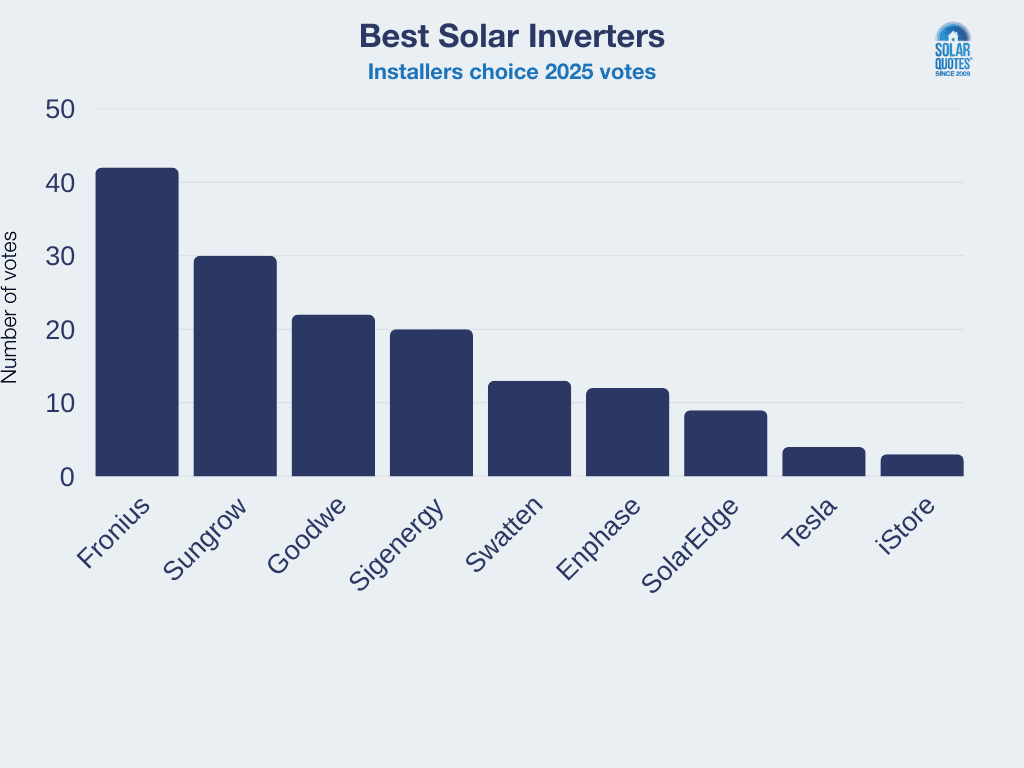
How Australia’s top installers voted for their preferred solar inverter brand.
Fronius’ Gen24 Hybrid Solar Inverter
Austrian company Fronius is our installers’ pick for best inverter brand for its 5th straight year, securing 26% of the vote.
The premium manufacturer’s Gen24 hybrid solar inverter features sustainable measures like recycled aluminium, a field-serviceable design, and no plastic packaging.
In addition to the passive heatsink most rivals rely on, Fronius use a fan for active cooling, improving efficiency and longevity. While old Fronius designs were accused of being noisy, the Gen 24 is whisper-quiet.
You’ll be paying a premium for these perks however, and there’s an additional price to upgrade the software to control batteries.
On the SolarQuotes website, Fronius inverters have a very strong average consumer review score of 4.8/5 based on over 8,800 reviews.
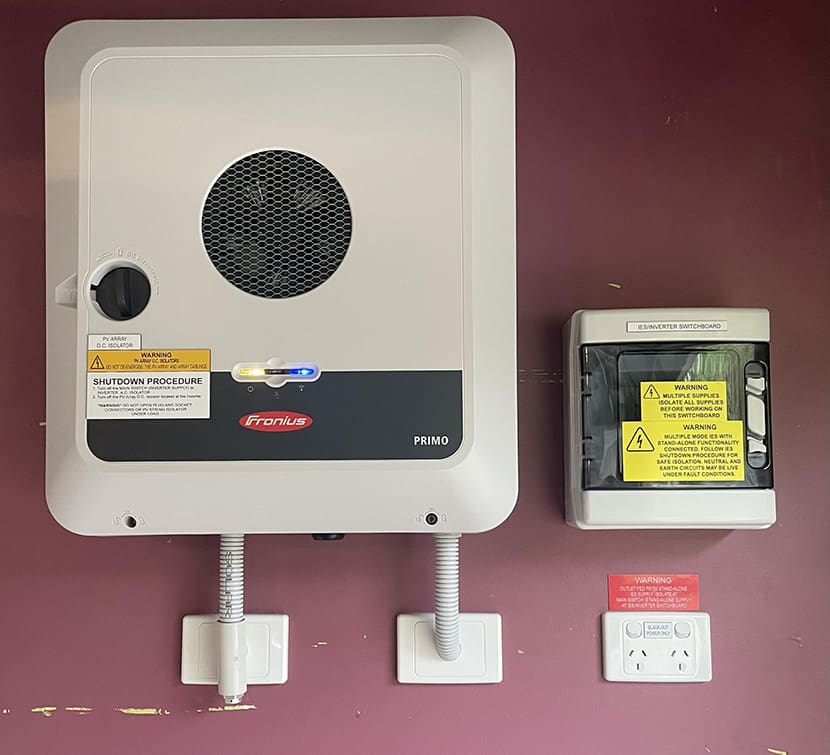
A Fronius Gen24 inverter, installed by MC Electrical.
Sungrow’s SHRS and SHRT Hybrid Inverters
Sungrow secured second place among our installers, with 19% of the vote. If the premium price point of Fronius is not attractive, then Sungrow is significantly more affordable while maintaining a reputation for reliability.
Their SHRS and SHRT hybrid inverters are designed for pairing with Sungrow’s own SBR HV series of batteries.
One disadvantage is that if the inverter fails, you lose power to the backup circuits. The best way to mitigate this is to always install an emergency bypass switch with any Sungrow hybrid inverter.
Sungrow inverters enjoy an average consumer review score of 4.7/5, based on over 4,300 reviews.
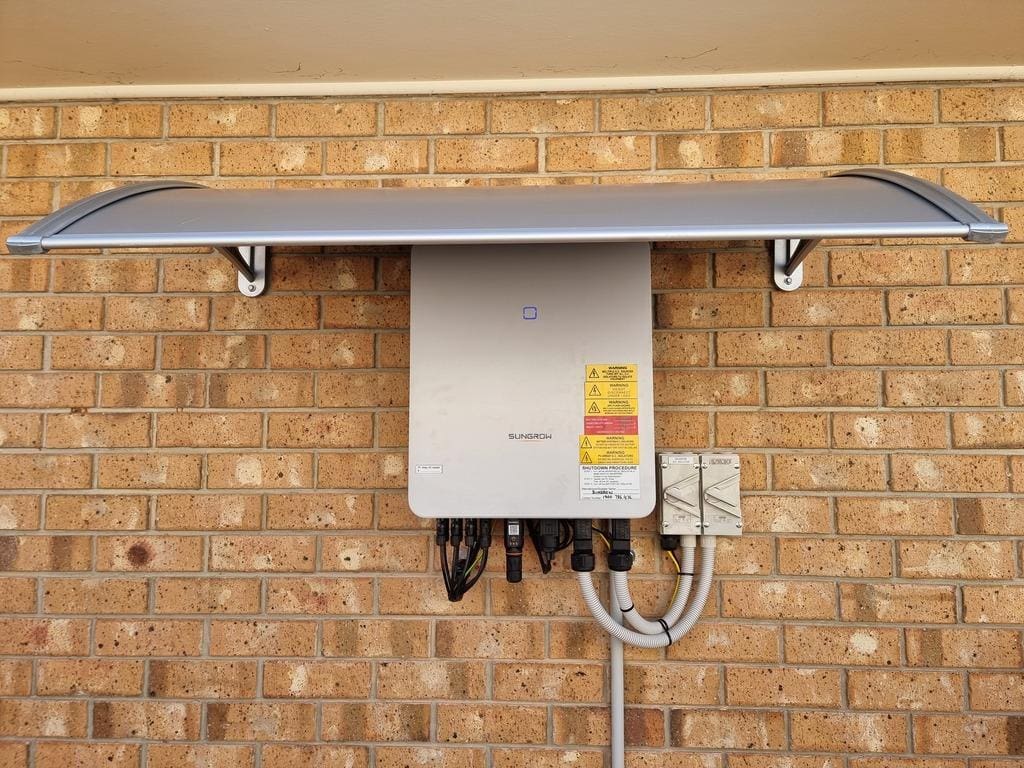
A Sungrow SHRT hybrid inverter, installed by DQ Electrical.
GoodWe’s ET G2 And ES G2 Series
In third place with 14% of the vote is budget manufacturer GoodWe.
In addition to being much cheaper than premium options, GoodWe’s hybrid inverters have a reputation for being simple to install.
They also offer the advantage of being compatible with a range of battery brands. The ET G2 for instance is, in addition to GoodWe’s home batteries such as most high-voltage Lynx models, also compatible with selected models from BYD, Pylon and Dyness.
One downside of GoodWe inverters is that they rely on convection cooling, which means (like with any inverter without a fan) that when they’re working hard in summer, the energy yield falls because they go into self-protection mode.
On the SolarQuotes website, Goodwe inverters have an average customer review score of 4.7/5 based on over 2,700 reviews.
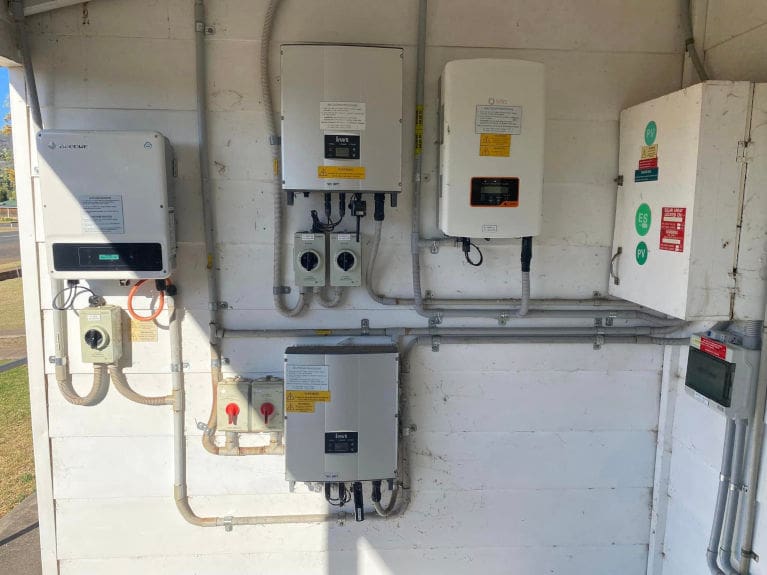
GoodWe inverters finished in third place in the Installers’ Choice Awards.
All Three Are Well Supported
Having people and systems in place to answer technical questions & troubleshoot compatibility problems is priceless, and all three brands here are well regarded.
Ecosystem compatibility is also a good reason to maintain some brand loyalty. Once you’re ready for a battery after getting solar, then a hybrid inverter from the same manufacturer can work hand-in-glove on the same monitoring app, and even integrate with an EV charger.
To look at the full specs for each brand’s hybrid inverters, plus the other options out there along with a rough price guide, take a look at our hybrid converter comparison table. Or to consider the best batteries to get under the federal rebate, we have an explainer on that too.

 RSS - Posts
RSS - Posts


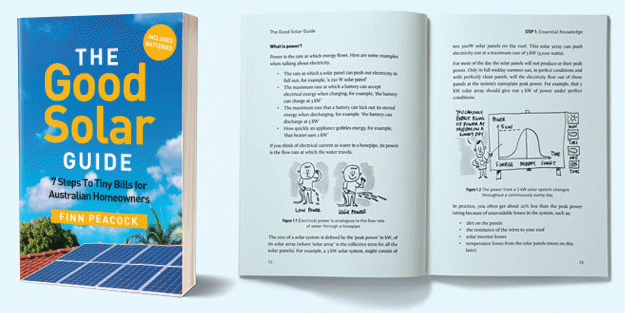
Hi,
Ever since Fin sold out, the bombardment of these adverts, which were once informative, are now just very annoying.
In the past, I found all the information put forward on this site was very good and independent, but nowit is all about up selling!
We have a Sungrow 10 KW battery, and the only reason we had it installed was that we paid someone other than an electricity retailer, and as a backup for the power cuts.
It costs us money, it doesn’t save anything. As I see it, batteries cost $1 per watt, so that’s $10,000 for the 10KW battery. Until the price gets down to around the $4000-4500 mark, I can see no advantage in adding to our system.
Yes, if you want a backup system that will cover most outages, then get one, but don’t expect miracles on your bill.
Hi Eric,
I realise there could be an impression we’ve “sold out” when news articles resemble an OEM press release, however it’s business as usual for us.
Maybe check the awards we run year after year… https://www.solarquotes.com.au/search/?addsearch=installers+choice
I’ve always maintained that batteries are expensive and aren’t a magic bullet, but like solar PV, they give you the tools to be an active prosumer.
Passive consumers often get motivation from spending on solar and they make behavioural changes that really are the best outcome.
From my experience not everything is perfect with those 3.
Fronius: yet to see a single phase model with more than 2 MPPTs.
GoodWe allegedly has a new model single phase with 4 MPPTs, but not available in Australia and they won’t even care to reply to emails.
Sungrow has 4 MPPTs and no fan to make noise or fail, but no other brands can be mixed with anything Sungrow; it is a new Apple. Home Assistant does not integrate with it out of box, allegedly due to Sungrow behaviour.
Hi Gate,
Good points, they’ve all got some limitations somewhere but what some people forget is that Fronius has double the current capability, so you can double up arrays in parallel.
Effectively a two MPPT inverter will handle 3 strings facing different directions if you parallel two equal length arrays.
Whereas the 4 MPPT Sungrow needs strings balanced within 150VDC, so they’re not really independent trackers.
Best advice to to engage a good installer who understands their product.
Thank you for the sharing
What can you do if you already have a system, but only with a standard inverter?
I received a Solaris inverter. Which battery is suitable for it and how many KW batteries is it?
Robert Bakker – it depends on the location and the applicable regulations. What is allowed in one state (any state outside WA) is not allowed in another state (the Shonky Westralian Inadequate Stuffup electricity grid in the lower half of Western Australia).
I live in Donvale east north east (~10km) of the Melbourne CBD.
I put in a solar system at my daughter’s place in 2018 and it has an ABB inverter. Do you think that would likely be battery ready? I don’t think I would be able to fund any upgrades on top of the battery so fingers crossed that we could add a battery onto that system.
Hi Maria,
It’s worth looking at what the bills are and how you use energy first. We have a few calculators to help with solar and batteries.
Batteries are expensive but they’re not a magic bullet by themselves. If you’re tight on budget you can work on doing an energy audit. Your local library will likely have a few tools to use.
What’s likely most valuable are a few links here; I hate to recommend the Zuccerburg empire but
https://www.facebook.com/groups/MyEfficientElectricHome
My Efficient Electric Home has a great community of 135 000 like minded Australians who are ready and willing to offer ideas and valuable expertise on electrification.
Getting off gas is also a no brainer. It’s cheaper, easier to clean and better for your health.
https://www.rewiringaustralia.org/
https://electrify2515.org/
Thanks a lot Anthony. Yes, thanks for reminding me to do that – myself and my other daughter both have batteries (on the same AGL VPP scheme that Finn got his) and i just love having them so much I forgot to think about actually working out if it is beneficial.
I am a massive fan of MEEH (not of Zuckerburg!). Once daughter’s hot water system dies she will be off gas. She does say she I will have to pry her cold dead hands off her instanteous hot water system so might be a battle. She has housemates to share the mortgage so hot water hogging is real!
Hi Maria,
This is another option for efficiency.
https://pure-electric.com.au/product/methven-wels-5-star-50lmin-kiri-mkii-satinjet-low-flow-handset
Here is something new and exciting – notification received today – new Western Australian manufacture of batteries and inverters.
https://www.pv-magazine-australia.com/2025/05/20/magellan-launches-australian-made-home-battery-system/
Batteries are apparently Sungrow based.
Interesting to see whether this is up and products available for July federal subsidies, and, whether the WA state government will support the enterprise with battery subsidies, and, the pricing, specifications, etc, etc, etc…
There was only $500 difference between a 10k Gen24 Plus Symo (3 phase ) and the equivalent Sungrow when we put our system on.
That was with the software needed to run as a hybrid with BYD battery, not extra.
Are the any Gen 24 inverters being sold in Au with the ability to connect a battery as well as some coms ports stripped out? Both of these issue are frequently mentioned.
Hi Matthew,
As far as I’m aware some Gen24 units have hybrid capability straight out of the box (labelled Gen24 plus) whereas others are offered as a lower upfront cost with softwaed update to suit batteries later. Fronius are very good about open communication protocols that let you do some smart things with them and integrate other technologies.
Should I switch to 3 Phase inverter? We have 3 phase power and I expect we will switch from gas boiler to heat pump for hydronic heating some time in the future. We have off-peak electric boosted solar hot water, 6.5 kW of panels and 10 kWh battery with single phase inverter. We expect the next one will be electric. I am looking to take advantage of the battery new battery rebate with a second battery adding more panels at the same time. 80% of our electricity consumption is off-peak and analysing the consumption you see it kick in between 23:00 and 01:00. So it has got to be hot water boost. The battery has always got power the next morning. I think what is happening during the day we are feeding in on the PV phase but consuming on the other two phases. But the hot water boost must be on a different phase to the battery so the power is coming from the grid and not the battery. It makes sense to switch the hot water to day rate but should I get a three phase inverter or second single.